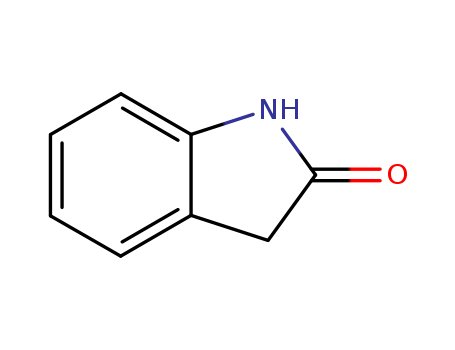10.1038/nchem.1039
The research focuses on the development of an organocatalytic asymmetric domino Michael-aldol reaction for the construction of bispirooxindoles containing three quaternary stereocenters. The experiments involve the reaction between 3-substituted oxindoles and methyleneindolinones, catalyzed by a novel multifunctional organocatalyst that includes tertiary and primary amines and thiourea moieties. This catalyst activates substrates simultaneously, providing high levels of stereocontrol over four stereocenters. The analyses used to evaluate the reactions include isolated yields, diastereoselectivity (d.r.), and enantioselectivity (e.r.), which were determined by crude 1H-NMR spectroscopy, chiral-phase HPLC, and in some cases, X-ray crystallographic analysis to determine the absolute configurations of the products.
10.1039/c001465f
The research focuses on the development of new synthetic strategies for the synthesis of highly functional erythrina, oxindole, and pyrrolidinoindoline skeletons, which are structural motifs found in bioactive alkaloids. The experiments involve the use of 4-aminophenol-derived amides as building blocks for these complex alkaloid structures. Key reactants include 4-aminophenol, homoveratroyl chloride, lithium aluminium hydride, and ethyl 3-chloro-3oxopropanoate, among others. The oxidative dearomatization process is central to the synthesis, utilizing iodobenzene diacetate (IBD) in methanol to form cyclohexenone intermediates, which are then further reacted with allyl bromide and potassium carbonate to yield oxindoles. The study also reports an unprecedented rearrangement leading to the formation of 3-hydroxyoxindole and the synthesis of a mimic of the natural alkaloid CPC-1. Analytical techniques such as 1H NMR and 13C NMR spectroscopy were employed to characterize key intermediates and final products, confirming the success of the synthetic routes and the structural diversity of the synthesized compounds.
10.1002/bkcs.12211
The study presents a dual Rh(II)/Pd(0) relay catalytic method for the one-pot synthesis of α-quaternary allylated indolin-2-ones and benzofuran-2-ones. Key chemicals used include α-diazo carbonyl compounds as substrates, Rh(II) and Pd(0) catalysts for the catalysis process, and allyl carbonates for the allylic alkylation step. The Rh(II) catalyst initiates the intramolecular aromatic C(sp2)-H bond functionalization, while the Pd(0) catalyst facilitates the subsequent allylic alkylation, leading to the formation of the desired heterocyclic compounds with high yields. This dual catalytic system showcases good functional group tolerance and provides an efficient route to synthesize compounds that are prevalent in bioactive natural products and pharmaceuticals.
10.1002/ardp.201100082
The research focuses on the synthesis and evaluation of a series of indolin-2-one derivatives containing the 4-thiazolidinone moiety (5a–5p) for their anticancer activity. The compounds were synthesized using a series of chemical reactions involving rhodanine-3-acetic acid, various benzaldehydes, and indolin-2-ones. The synthesized compounds were evaluated for their cytotoxicity against three human cancer cell lines (HT-29, H460, and MDA-MB-231) using the MTT assay. Promising compounds were further tested against a normal cell line (WI-38). The results showed that some of the synthesized compounds exhibited significant cytotoxicity, with compound 5h showing particularly high potency against HT-29 and H460 cancer cell lines. The study suggests that the combination of indolin-2-one and 5-benzylidene-4-thiazolidinone moieties enhances anticancer activity, and that specific substitutions on the indolin-2-one ring can further improve cytotoxicity and selectivity.
10.1021/ol0473804
Rajamohan R. Poondra and Nicholas J. Turner present an efficient method for synthesizing N-substituted oxindoles, which are important in medicinal chemistry. The process involves two steps: first, microwave-assisted amide bond formation between 2-halo-arylacetic acids and various amines, followed by palladium-catalyzed intramolecular amidation under aqueous conditions. The method is notable for its speed, typically completing within 30 minutes, and its high yields, often exceeding 80%. The approach is particularly advantageous when using alkylamines, as the intermediate amide does not need to be isolated, allowing for a one-pot process. The study also demonstrates the potential for further functionalization of the derived oxindoles, such as through microwave-assisted palladium-catalyzed bis-amination reactions. This method offers a significant improvement over previous techniques by reducing reaction times and increasing product purity and yields, making it a valuable contribution to the synthesis of oxindoles.



 Xn
Xn

